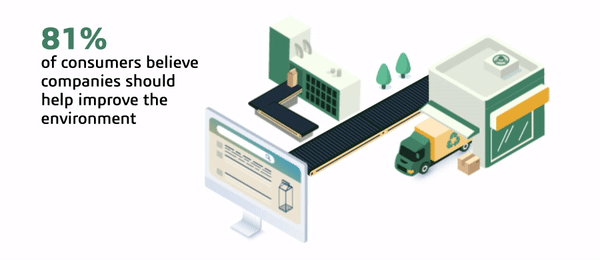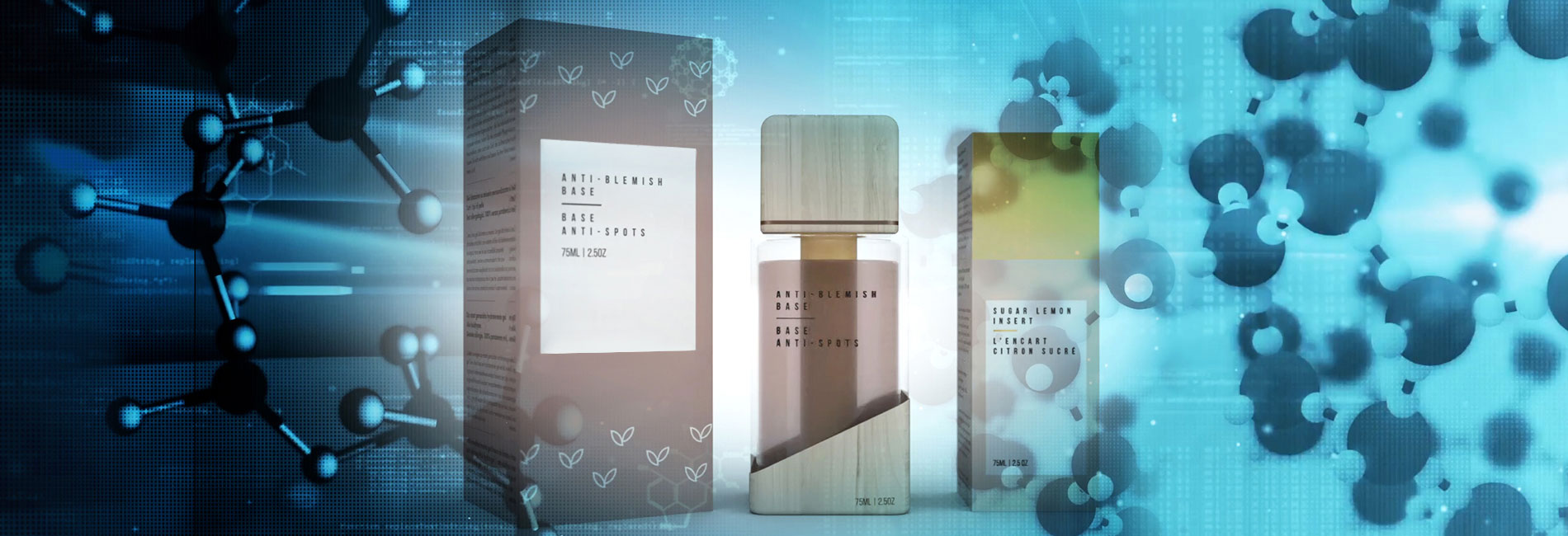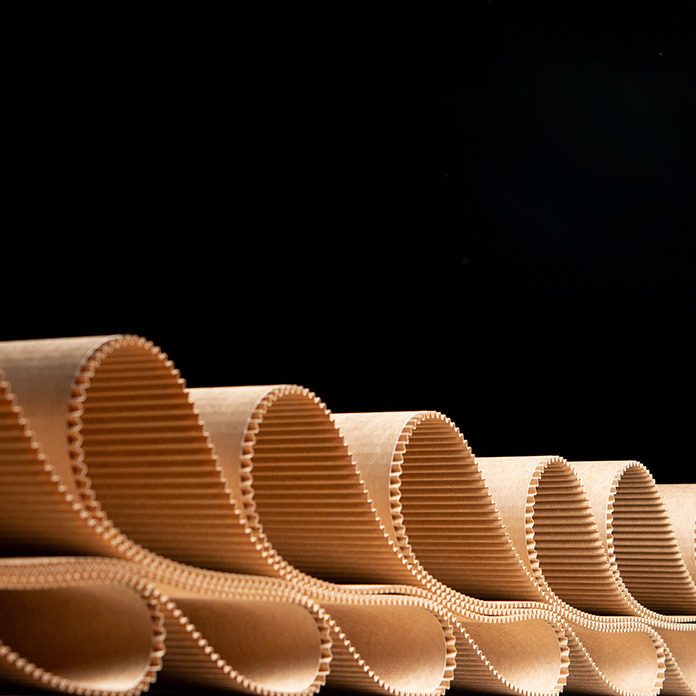Eco-Friendly Packaging Redefined With an Integrated Strategy
With end-to-end digitalization, sustainable packaging is optimized from the ideation stage all the way to the consumer experience
Level up your sustainability with eco-friendly packaging
Many packaging manufacturers are prioritizing sustainable packaging, simply because it’s the best way forward. But it can be challenging to implement sustainable packaging solutions with strong profitability and circular economic value.
For eco-friendly packaging designs to work, they must remain durable as they move along the supply chain. At the same time, it must also be recyclable, biodegradable or compostable. The balancing act requires transparent and efficient collaborations between all stakeholders in the packaging value network.
With the virtual twin and other end-to-end digital capabilities of an integrated platform, it’s easier to manufacture sustainable packaging.
Four Pillars of Eco-friendly Packaging
Single-use plastic packaging can take up to 500 years to decompose. To put it into perspective, if Christopher Columbus had tossed a plastic bottle onto a beach, it might still be here today.
To date, packaging makes up whopping 40 percent of plastic consumption.
While single-use plastic packaging has provided us with advantages such as convenience, easy utility and low production costs, it’s now taking a huge toll on the environment. At the rate of pollution, it’s clear that we can’t merely rely on current recyclable packaging efforts alone to tackle this issue.
This is where eco-friendly packaging comes in.
1. Optimize packaging design
Creating sustainable packaging that works begins with optimized design decisions.
The advanced digital capabilities of an integrated platform allow manufacturers to create and test hyper-realistic packaging designs before production. This way, they can ensure packaging sustainability while reducing manufacturing waste and carbon footprint.
Functionality
Using advanced 3D modeling, manufacturers can optimize packaging designs before production while minimizing physical prototypes.
Resilience
With virtual simulation, design reiterations can be tested in real-life scenarios to measure and enhance the packaging’s resilience during its lifecycle.
Data continuity
The virtual twin helps establish efficient real-time data management, which improves product feedback loop immediacy and production accuracy.
2. Innovate sustainable packaging materials
Many plant-based materials sourced for eco-friendly packaging designs cannot hold up on their own. Ensuring material suitability increases packaging resilience from start to end of the supply chain.
Another way to increase resilience is to combine raw plant-based materials with other non-organic ingredients and nanomaterials. With an integrated platform’s virtual simulation capability, manufacturers can test and optimize the molecular structures of their packaging materials before finalizing the design.
Optimizing eco-friendly packaging materials is easy with virtual simulation
Manufacturers can now explore endless combinations of plant-based and non-organic materials at various scales before the final design is sent for production.
3. Digitalize machine health for optimal production
Eco-friendly packaging cannot be created without optimally working machinery. By digitally maintaining machine health, manufacturers can increase production efficiency.
Manufacturers can effectively manage machine health and optimize packaging production simultaneously by leveraging the virtual twin on an integrated platform. Here’s how it works:
Predictive maintenance
Machine breakdowns are forecasted thanks to the digital continuity enabled by advanced machine sensors and the virtual twin.
Environmentally-friendly operations
The virtual twin’s end-to-end data makes it easy to monitor scrap levels and track a machine’s quality control and use of electricity and water.
Optimized processes
Machine health forecasts powered by the virtual twin minimize stocks of machine parts. This allows leaner production practices and lower production costs.
4. Keep the value network sustainable

It takes transparency for value network sustainability to truly work.
Eco-friendly packaging can certainly enhance brand loyalty and contribute to a circular economy. But for this to happen, all information silos in the packaging value network must first be identified and addressed.
An integrated platform offering end-to-end visibility helps value network stakeholders eliminate bottlenecks and close the loop on packaging sustainability.
Efficient material management
With a centralized system powered by real-time data, manufacturers can swiftly make trade-offs that balance supply and inventory levels.
Smart logistics planning
Advanced optimization technology helps manufacturers select the best mix of resources, pickup and delivery sequences, and shipment routes.
Effective global collaborations
Stakeholders can rely on collaborative decision-making on a cloud-based platform that enables full transparency of up-to-date project information.
An Integrated Strategy for Eco-Friendly Packaging
Download our ebook to discover how end-to-end digitalization enables packaging manufacturers to achieve sustainable outcomes at every step
Read our latest Manufacturing articles
Explore our Industry Solution Experiences
Learn more about how our industry solutions can help you to achieve your professional ambition and business objectives



